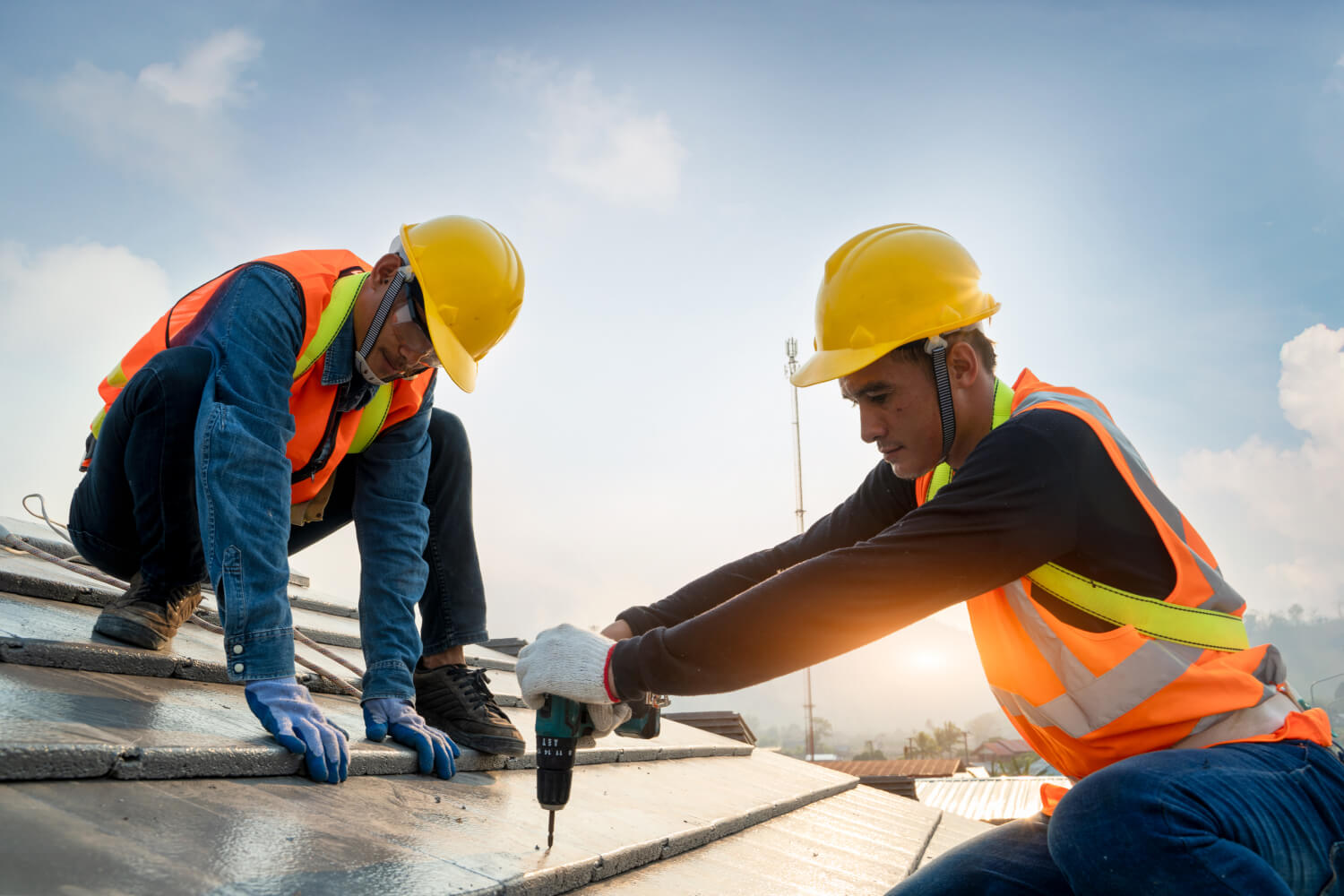Embarking on home improvement projects can be an exciting endeavor, but the costs involved can quickly add up. However, with a little planning and strategy, you can save money without compromising on quality.
In this article, we'll share five essential tips to help you stretch your budget and make the most of your DIY efforts. From finding affordable materials to maximizing your efficiency, these strategies will empower you to transform your home while keeping costs under control.
Step-by-Step DIY Guides: How to Become a Pro

Many of us have put off small DIY tasks due to the fear of expensive professional fees or simply not knowing where to start. Fortunately, the digital age has made it easier than ever to acquire new skills and gain confidence in handling various home improvement projects.
Platforms like YouTube offer a vast array of how-to guides that cover everything from minor repairs to complex renovations. By watching these step-by-step videos, you can learn the techniques and acquire the knowledge needed to tackle DIY projects with ease. Whether you need to replace a cracked bathroom tile or fix a leaky faucet, these online resources will empower you to become a DIY pro.
Seek Out Building Material Bargains

One major expense when undertaking home improvements is the cost of materials. However, there are ways to cut costs without compromising on quality. Instead of automatically heading to large industrial estate stores, consider exploring your local builders' merchants.
These establishments often offer a wide range of building materials at competitive prices. From kitchen and bathroom fixtures to flooring and stairs, you'll be pleasantly surprised by the bargains available. Additionally, consider buying in bulk or taking advantage of seasonal sales to further maximize your savings.
Take Your Time: Proper Preparation Prevents Problems

The allure of finishing a project quickly can be tempting, especially when faced with a busy schedule. However, rushing through a DIY job can lead to costly mistakes and rework. Proper preparation is key to achieving desired results while minimizing expenses.
Take the time to plan out your project, gather the necessary tools and materials, and create a realistic timeline. By doing so, you'll increase your chances of completing the task correctly the first time, saving you from additional expenses such as professional carpet cleaning or furniture replacement. Remember, patience and careful execution can save you both time and money in the long run.
Protect Yourself: Check Your Insurance Coverage

No matter how skilled you are at DIY, accidents can happen. It's crucial to ensure that you're adequately covered in case of unforeseen mishaps. Before embarking on any home improvement project, review your insurance policy or contact your insurance provider to confirm your coverage.
Accidental damage to pipes, ceilings, or other parts of your home can lead to significant expenses if not properly insured. Taking a few minutes to assess your insurance coverage will provide peace of mind and protect your budget.
Know Your Limits and Seek Professional Help

No matter how skilled you are at DIY, accidents can happen. It's crucial to ensure that you're adequately covered in case of unforeseen mishaps. Before embarking on any home improvement project, review your insurance policy or contact your insurance provider to confirm your coverage.
Accidental damage to pipes, ceilings, or other parts of your home can lead to significant expenses if not properly insured. Taking a few minutes to assess your insurance coverage will provide peace of mind and protect your budget.
Bonus Tip: Protect Your Feet with Indestructible Shoes

When engaging in DIY home improvement projects, it's essential to prioritize your safety, and that includes protecting your feet. Whether you're working with heavy tools, moving furniture, or handling construction materials, the risk of foot injuries is ever-present.
Imagine accidentally dropping a heavy object on your toes or stepping on a sharp object. The consequences can be painful and potentially disrupt your entire project. Furthermore, many DIY tasks involve working on slippery surfaces, such as wet floors or uneven terrain, increasing the risk of slips and falls. That's where Indestructible Shoes come to the rescue.







